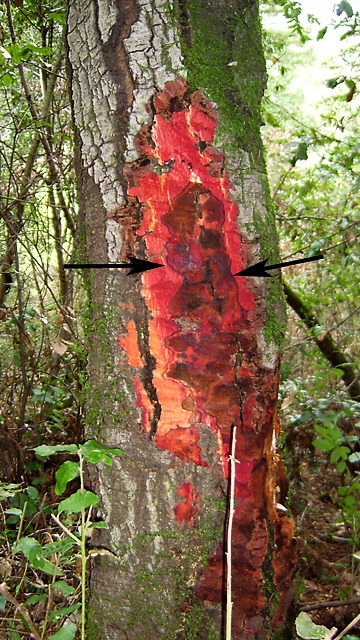
What Is Sudden Oak Death?
Sudden Oak Death (SOD) is caused by the water mold pathogen Phytophthora ramorum. SOD was first detected in the San Francisco Bay Area in the mid-1990s. The pathogen has since killed millions of tanoak and coast live oak trees along the central California coast into southern Oregon. SOD has not yet been found in Fairfax County or anywhere on the East Coast.
How does SOD spread?
The SOD pathogen affects a wide variety of trees, shrubs, and plants. P. ramorum spreads to healthy plants by direct and indirect contact with infected plants, plant materials, soil, tools, wind, and water. Because P. ramorum affects rhododendron, camellia, and other popular horticultural nursery plants, it can easily be transported on nursery stock. For this reason, restrictions on the interstate and intrastate movement of plants and plant materials have been imposed in California and Oregon.
How is UFMD monitoring SOD?
Although SOD has not been found in the eastern United States yet, Virginia has suitable habitat for it. UCFD Forest Health Branch, and Virginia Department of Agriculture and Consumer Service (VDACS), are participating in the United States Department of Agriculture Animal and Plant Health Inspection Service (USDA APHIS) Cooperative Agricultural Pest Survey (CAPS). Forest Health staff monitor county streams for the presence of P. ramorum. VDACS provides laboratory diagnostic services for the stream water samples and inspects nursery plants. Early detection is vital to successful eradication efforts in the event the pathogen is introduced.

